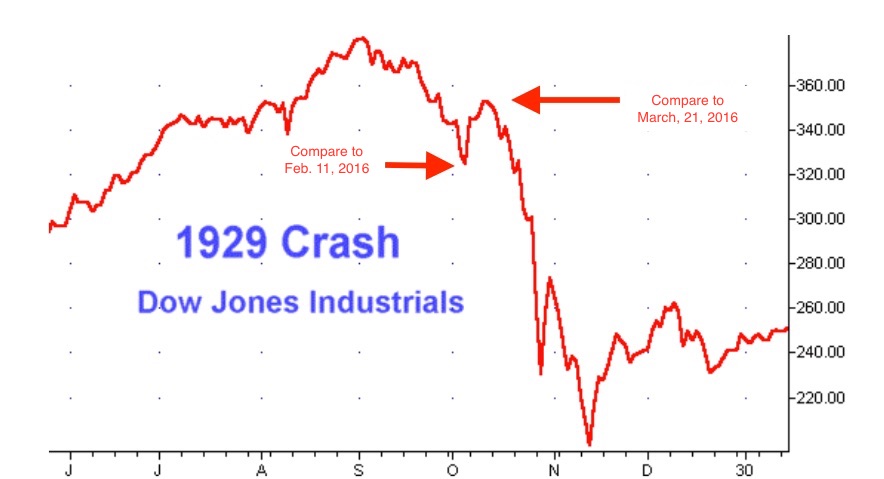
Last week ended with the cackling hens on CNBC and the spokesmodels on Bloomberg bloviating about the temporary pothole on the road to riches. They assured their few thousand remaining viewers the 11% plunge in the stock market was caused by China and the communist government’s direct intervention in their stock market, arrest of a brokerage CEO, and threat to prosecute sellers surely cured what ails their market. The Fed and their Plunge Protection Team co-conspirators reversed the free fall, manipulating derivatives and creating a short seller covering rally back to previous week levels. The moneyed interests are desperate to retain the appearance of normality and stability, as their debt saturated system teeters on the verge of collapse.
John Hussman’s weekly letter provides sound advice for anyone looking to avoid a 50% loss in the next 18 months. The market has been overvalued for the last three years and now sits at overvaluation levels on par with 1929 and 2000. The difference is that fear has been overtaking greed in the psyches of traders. The average Joe isn’t in the market. Only the Ivy League MBA High frequency trading computer gurus are playing in this rigged market. The 1,100 point crash last Monday is what happens when arrogant young traders, fear and computer algorithms combine in a perfect storm of mindless selling. Suddenly the pompous risk takers became frightened risk averse lemmings.
The single most important thing for investors to understand here is how current market conditions differ from those that existed through the majority of the market advance of recent years. The difference isn’t valuations. On measures that are best correlated with actual subsequent 10-year S&P 500 total returns, the market has advanced from strenuous, to extreme, to obscene overvaluation, largely without consequence. The difference is that investor risk-preferences have shifted from risk-seeking to risk-aversion.
If there is a single lesson to be learned from the period since 2009, it is not a lesson about the irrelevance of valuations, nor about the omnipotence of the Federal Reserve. Rather, it is a lesson about the importance of investor attitudes toward risk, and the effectiveness of measuring those preferences directly through the broad uniformity or divergence of individual stocks, industries, sectors, and security types. In prior market cycles, the emergence of extremely overvalued, overbought, overbullish conditions was typically accompanied or closely followed by deterioration in market internals. In the face of Fed induced yield-seeking speculation, one needed to wait until market internals deteriorated explicitly. When rich valuations are coupled with deterioration in market internals, overvaluation that previously seemed irrelevant has often transformed into sudden and vertical market losses.
Continue reading “TAKE THE OPPORTUNITY TO BAIL BEFORE IT’S TOO LATE”










![Is the US stock market a caged bear? [By Philip Timms [Public domain], via Wikimedia Commons]](http://thegreatrecession.info/blog/wp-content/uploads/CagedBear.jpg) Compare the Great Depression to the Great Recession, and you’ll see a similar pattern in how the Dow Jones Industrial Average graphs out. That pattern appears to be repeating now. The nation’s most notorious stock market crash in 1929 did not occur as a single fall off a cliff, but started with high points that rounded downward as the market bounced off a lowering ceiling; then it experienced a sharp plunge for about a month, then rallied, and then it experienced the huge crash we’ve heard about all our lives. After that, it experienced many more rallies and crashes before it found its absolute bottom.
Compare the Great Depression to the Great Recession, and you’ll see a similar pattern in how the Dow Jones Industrial Average graphs out. That pattern appears to be repeating now. The nation’s most notorious stock market crash in 1929 did not occur as a single fall off a cliff, but started with high points that rounded downward as the market bounced off a lowering ceiling; then it experienced a sharp plunge for about a month, then rallied, and then it experienced the huge crash we’ve heard about all our lives. After that, it experienced many more rallies and crashes before it found its absolute bottom.


